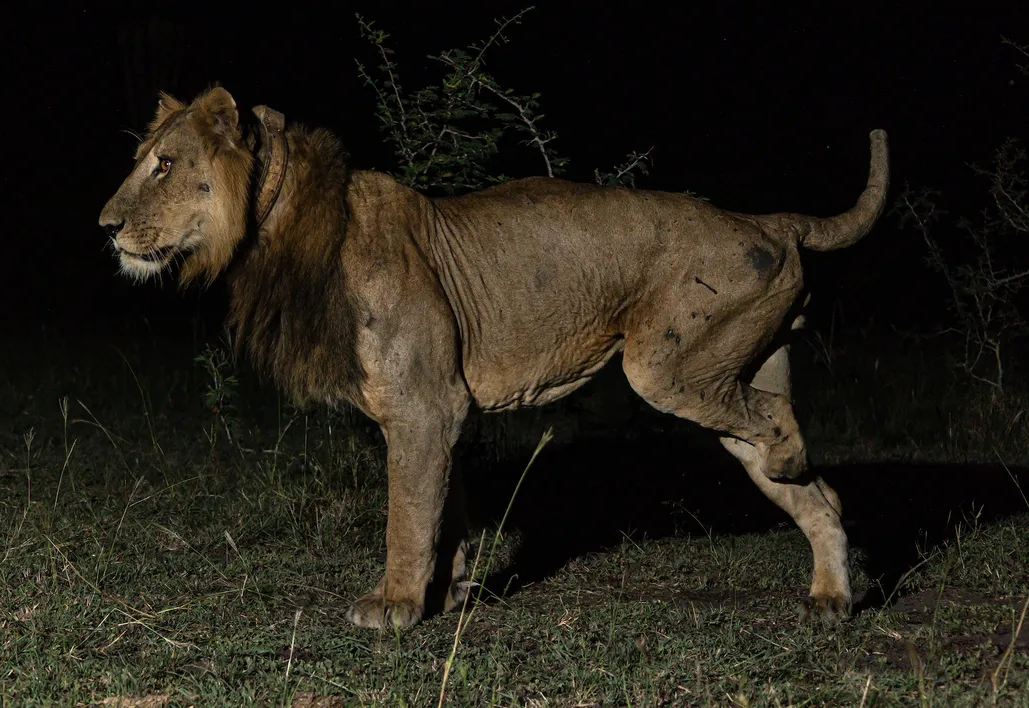Two African lions, Jacob and Tibu, have made history by swimming at night to break the record for the longest swim in predator-infested waters, attempting to cross the Kazinga Channel in Uganda.
According Alexander Braczkowski, from the Griffith University’s Centre for Planetary Health and Food Security who led a team that used high-definition heat-detection cameras on drones to film the two male lions crossing the river at night, the feat was even more remarkable as Jacob made the 1 kilometre-long swim with only three legs, having lost his fourth in a poaching incident when he was caught in a steel trap.
“This swim across a channel filled with high densities of hippos and crocodiles is a record breaker and is a truly amazing show of resilience in the face of such risk,” Dr Braczkowski said.
“Jacob is Africa’s most resilient lion and he is a cat with nine lives given the adversities he had overcome.
“Jacob has become famous for surviving a multitude of life-threatening incidents, including being gored by a buffalo, having his family poisoned for the lion body part trade, and escaping after being caught in a poacher’s snare.
“The fact that he and his brother Tibu have managed to survive as long as they have in a national park that has experienced significant human pressures and high poaching rates is a feat in itself,” Dr Braczkowski said.
In an article published in the recent edition of Ecology and Evolution, Braczkowski said the two lions showed strong their determination to find females by ploughing on through waters teeming with crocodiles and hippos and arrived at the opposite bank, some 1.5 kilometers later.
“So, from a behavioral standpoint, it’s fascinating to see them cross such a large water body and over such a long distance.
“I think it’s also a testament to a much larger problem, and it’s a symptom of a much larger problem. And that’s why animals are having to take much bigger risks in a human-dominated world,” he adds.
Braczkowski believes Jacob and Tibu were forced to make the swim due to a lack of females in the national park.
“Female lions are more susceptible to being killed by farmers in retaliation for the killing of cattle and this has led to males outnumbering lionesses.
“A healthy lion population should have a ratio of two females to one male, but in Queen Elizabeth National Park, those numbers have been reversed, and there are twice as many males as females,” says Braczkowski.

 Metro2 days ago
Metro2 days ago
 Politics2 days ago
Politics2 days ago
 VenturesNow2 days ago
VenturesNow2 days ago
 Musings From Abroad2 days ago
Musings From Abroad2 days ago




























